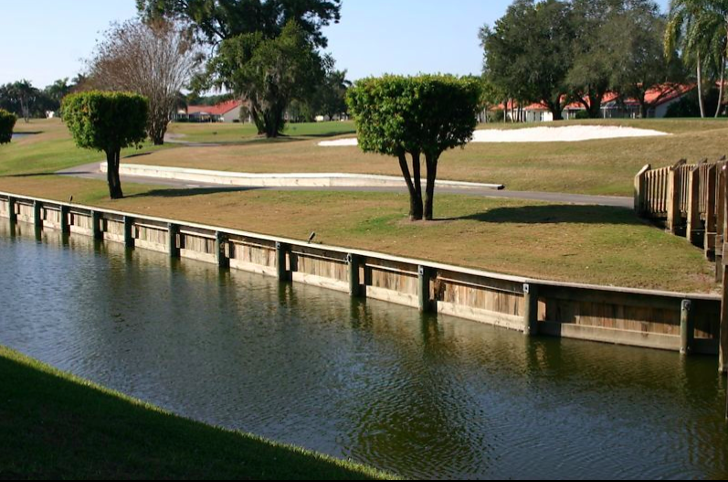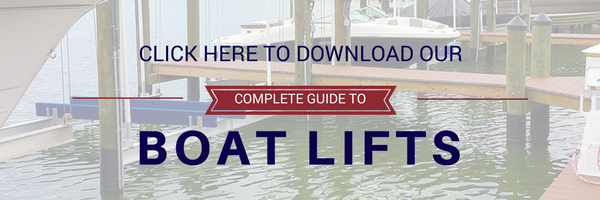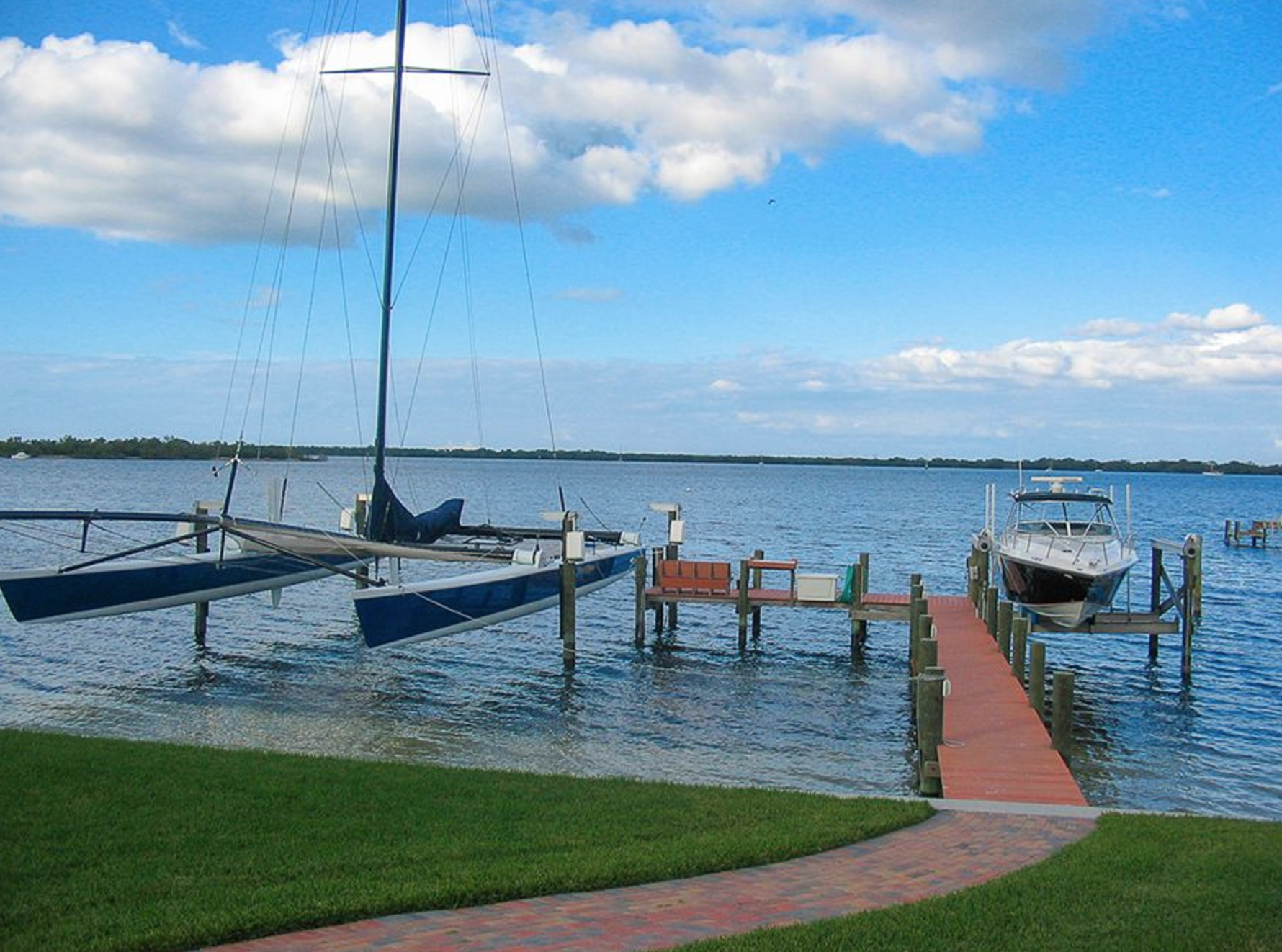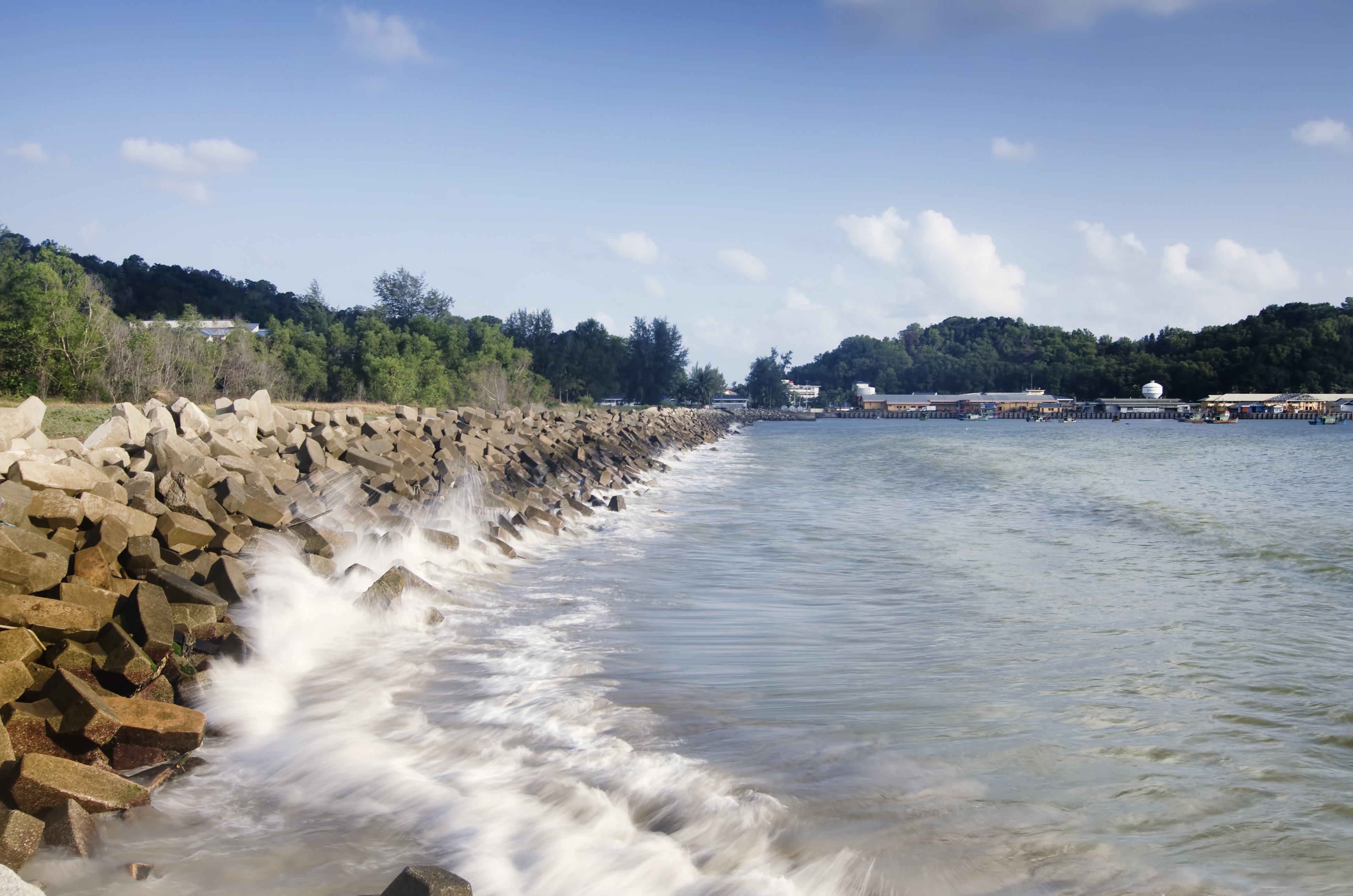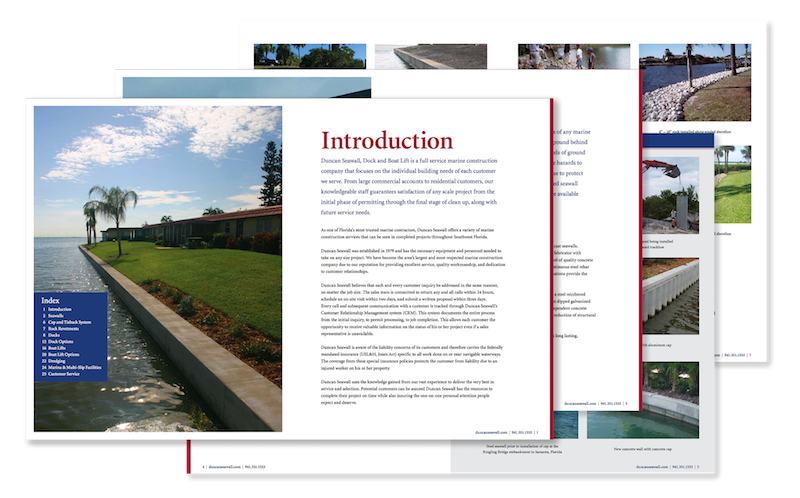It doesn't matter how calm the water or how small the waves are, over time water erodes the land it borders. The water washes away dirt and sediment little by little, which will eventually cause damage to homes and property. This problem is most commonly associated with waterfront properties, but this a concern with golf courses as well. Golf courses typically have water features and if left to their own devices will eventually erode the course itself.
Related Blog: 4 Reasons Seawalls Fail and How to Prevent It
This is where seawalls come in. Seawalls are designed to protect bordering land from the effects of crashing waves and inherent movement of the body of water. Golf courses utilize seawalls to protect the course and keep bodies of water from encroaching on the land. Just like anything else, at some point in time, the seawalls on your course will need to be repaired.
Signs It's Time to Repair
Your seawall is your first and most important layer of protection. Since seawalls age so slowly it can be difficult to tell when it's time for repair. Let's take a look at tell-tell signs your seawall is in need of attention. One of the most obvious signs is if you notice you are losing soil behind the wall. This is a clear sign that the seawall is failing. Other signs to look for include rust, leaning slabs, cracked cement, and broken caps. Unexplained damage within one hundred foot of the seawall and can also indicate a breach.
Compared to most properties, golf courses in need of seawall repair present a unique problem. You don't want to have to close your golf course, disrupt your golfers, or ruin the landscape during repairs.
How To Repair Golf Course Seawalls
The first step to repairing your seawall is to identify the problem. The type of seawall you have will determine the best method of repair. Before going at it alone, it is advisable to let the professionals inspect the wall. Knowledgeable professionals can tell you what type of repair you will need and even let you know if your wall is beyond repair. In which case you will need a seawall replacement instead.
Common Repairs
A very common repair is the use of tiebacks and anchors to return the wall back to the desired position. Over time portions of your wall can shift or bow causing a breach. Wood walls, which are mainly used on bodies of fresh water, may experience deterioration. These compromised portions can be repaired, replaced, and reinforced as opposed to replacing the entire wall.
Concrete seawalls are among the most common type of seawall installed for their durability and appearance. Still, over time the concrete can become cracked which can lead to a weakening of the wall. It's important to routinely fill in any cracks, holes, and pits in the wall with fresh concrete.
Dynamic Seawall Maintenance System
It's much more cost-effective and less disruptive and destructive to repair when possible rather than replace your seawall. One option is a dynamic seawall maintenance system (DSMS) which allows most of the work to be done from the water instead of from the land and the tieback anchors are adjustable and can be tightened or loosened as needed. A bolster plate is also installed from the waterside against your wall with an industrial grade, helix type ground screw that anchors the wall to the ground. With this system, there is no need to worry about heavy machinery on your golf course, disrupting your visitors and destroying the course.
Seawalls are an important investment in protecting the integrity of the golf course. Repairing and maintaining the seawalls without disruption or damage to the course is just as important. Duncan Seawall specializes in golf course seawalls, offering cost-effective solutions while minimizing disruptions to your business.



